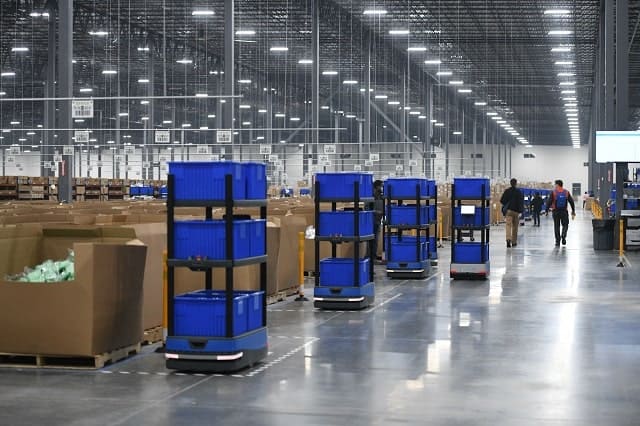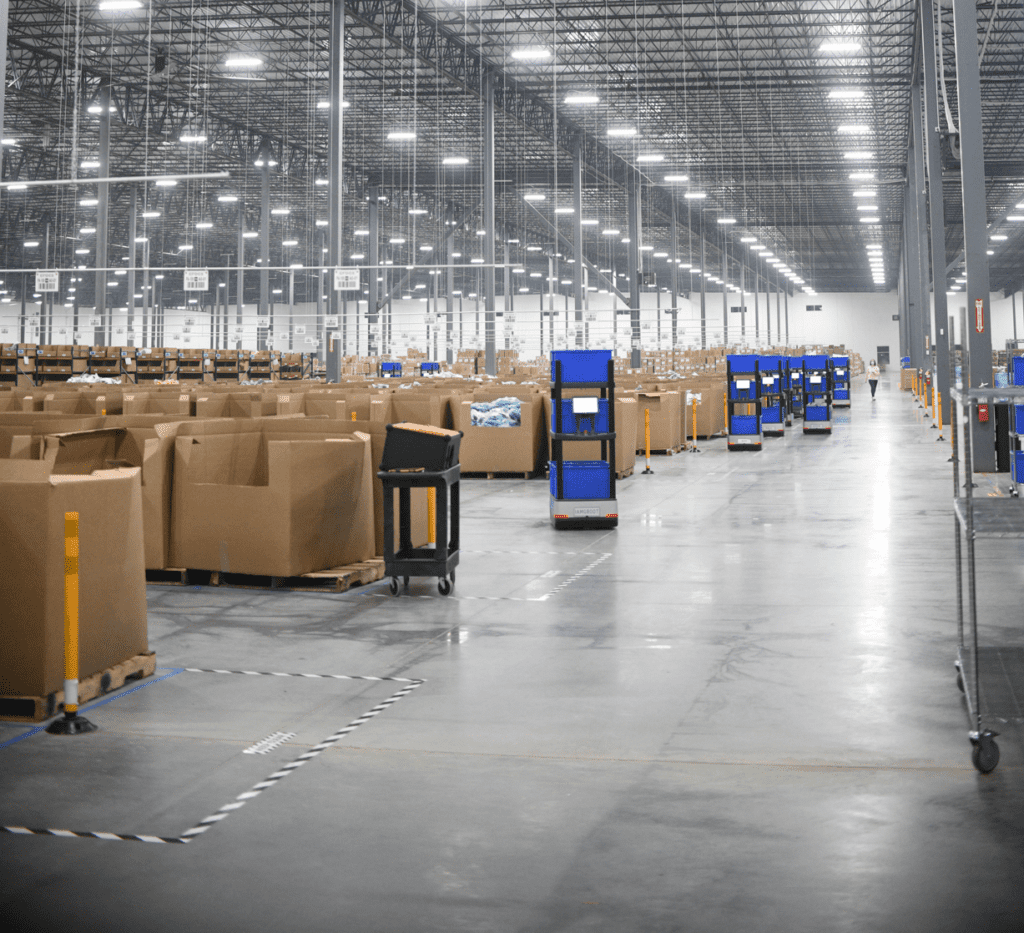
With the advent of consumerization and the growing number of online shoppers and e-commerce outlets, it is increasingly difficult for retailers to satisfy their customers time and again. Competitive pricing no longer cuts it; savvy retailers today do all they can to stand out from the competition through service differentiation. The best way to do this is to streamline the retail fulfillment process.
In today’s consumer-focused marketplace, optimizing the retail fulfillment process is a great way to reduce costs and bottlenecks, improve customer satisfaction and boost your bottom line. In recent years, order fulfillment (especially retail fulfillment) has become a complex process with a lot of moving parts. Retailers looking to streamline their fulfillment processes must leverage the right technologies, solutions, strategies and channels.
To help you get started, let’s look at five ways to streamline your retail fulfillment process.
1. Automate manual processes and data collection
Eliminating manual processes from your retail fulfillment workflows is a great way to improve accuracy and efficiency. From inventory management and order processing to picking/packing processes and last-mile shipment, there are automation tools, solutions and mechanisms that eliminate or reduce manual intervention to the bare minimum.
Leveraging new robotics technology and warehouse/fulfillment execution systems can help you optimize the movement, sorting, storage and picking of inventory. Furthermore, the right software solution (such as 6 River’s cloud-based Fulfillment Command Center, The Bridge) can seamlessly integrate with your ERP, WMS and other systems to seamlessly track the huge amounts of data generated by and circulating through your retail fulfillment center.
Whether it’s from sources such as customers, orders, picking process, trucks, drivers, last-mile shipment, etc., analyzing this data can help you further optimize throughput, manage your assets, plan labor and better orchestrate fulfillment workflow. However, collecting such reams of data manually is tedious and time-consuming. Automating the data collection process enables you to eliminate inaccuracies and gain more accurate insights into your retail fulfillment operations and workflow data.
2. Leverage autonomous mobile robots to speed up fulfillment activities

There’s a plethora of automation solutions and customized software to help retailers manage the sorting, movement, storage, picking and packing of retail orders for last-mile delivery. A lot of these solutions come with high installation and operating costs and may require major overhauls to existing systems and infrastructure. To avoid this, retailers are looking for a scalable, flexible and affordable solution that requires little or no changes to their infrastructure.
Autonomous mobile robots (AMRs) work alongside human warehouse associates in your retail fulfillment center. They lead associates through their work zones to reduce walking, direct associates to the next pick location and guide associates through each task until the work is complete. AMRs are relatively easy to implement, require low initial set-up costs and significantly boost customer satisfaction rates by improving picking accuracy and accelerating fulfillment times.
3. Choose the right pick and pack process
Optimizing inventory management speeds up the pick and pack order fulfillment process which translates into faster deliveries and happier customers. As such, it’s a good idea to double-check retail orders before shipping to ensure that the products match customers’ orders. It’s a waste of time, effort and money to deal with and resolve customers’ complaints as a result of wrong product shipments; that’s why choosing a picking method that’s suitable for your retail fulfillment needs is a recipe for success. Savvy retailers opt for automated picking solutions to facilitate and streamline order fulfillment activities within the fulfillment center.
4. Implement an effective returns management process
Despite your best efforts, your customers may still return orders for a variety of reasons. Studies show that retailers’ average return rate was 16.6% in 2021. To prevent this from hurting your bottom lines and negatively impacting customer satisfaction, implement a returns management that is every bit as efficient as your order fulfillment process. You can do this by using software with integrated returns management/processing capabilities.
5. Reassess your order fulfillment models
Regardless of whether you use third-party marketplaces, in-store fulfillment, outsourced 3PLs, drop shipping or in-house shipping, assessing the efficiency of these models is the first step towards optimization. You can do so by integrating the software systems you use (warehouse management, accounting, inventory management, ordering and e-commerce) and collating the right data to assess the viability of your fulfillment models. With this data, you can ascertain:
- How to eliminate manual processes in the fulfillment workflow
- The time it takes to fulfill and ship an order
- If there are out-of-stock problems
- Damaged shipment rates
- Which product SKUs bring in the most sales
Also, take time out to first identify your customers’ most preferred channels. This will help keep your customers satisfied and coming back time after time.
Looking Ahead
With the rise of consumerization making for more informed shoppers, retailers can no longer compete based on product pricing alone. To grow their customer base and maintain/increase profit margins, retailers are looking to stand out through service differentiation. Streamlining the retail fulfillment process is a great way to do so and the above strategies can help retailers raise customer satisfaction levels and deliver desirable business outcomes time and time again.
Learn more about how you can optimize your retail fulfillment processes by downloading our white paper, How to Jump-Start Flexible Retail Fulfillment for Today’s Multi-Channel World.


